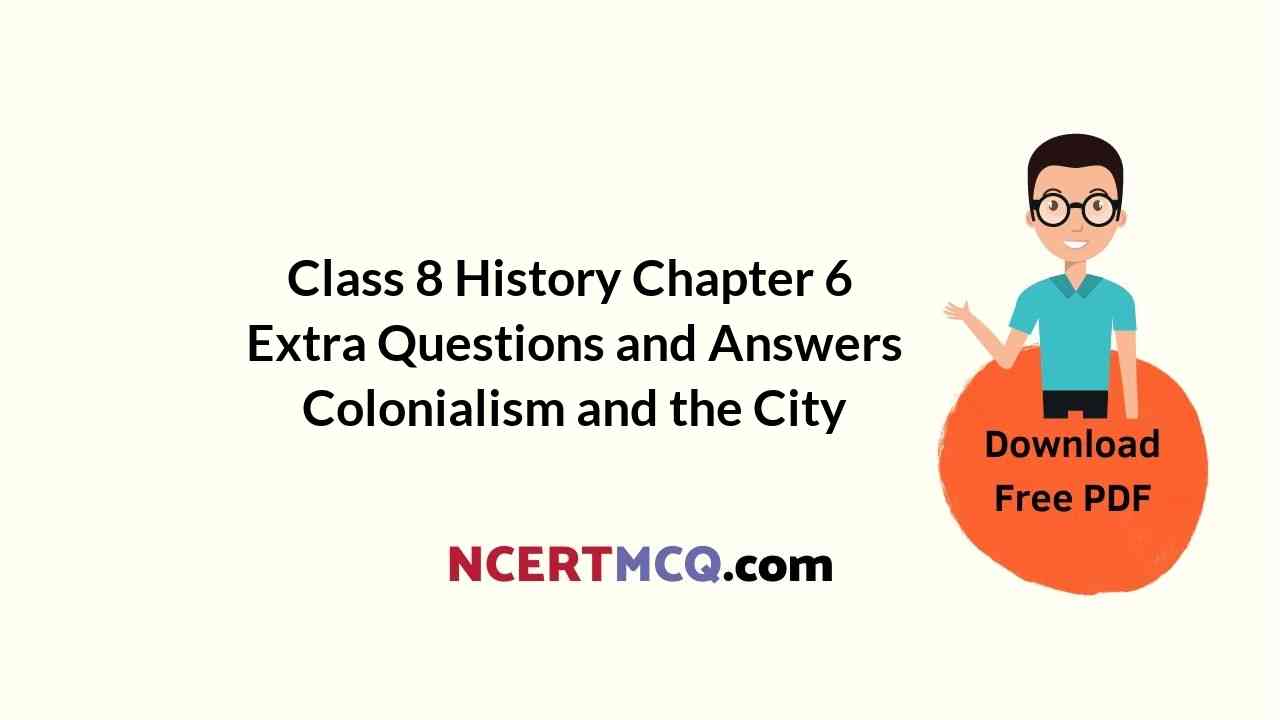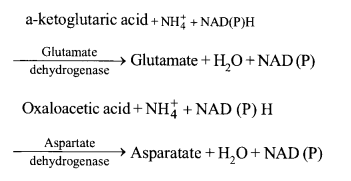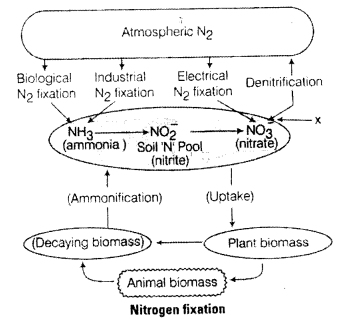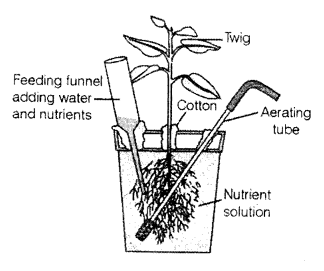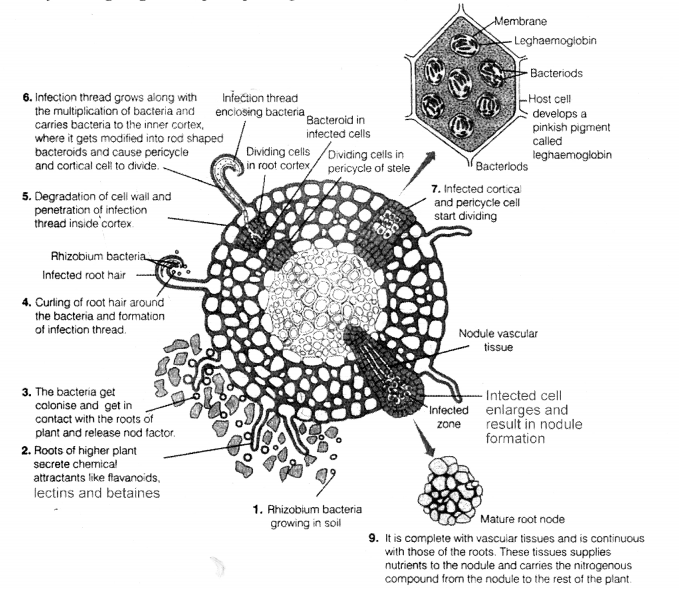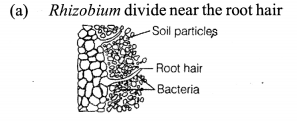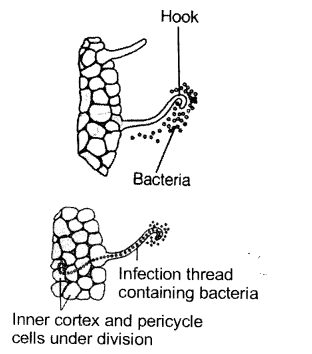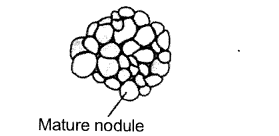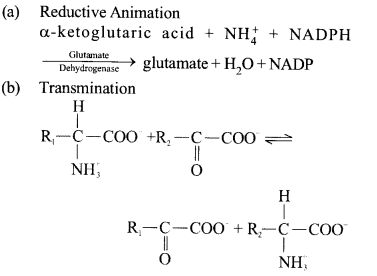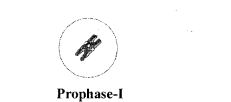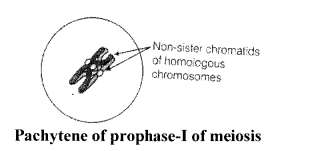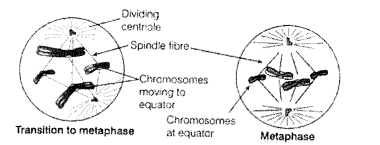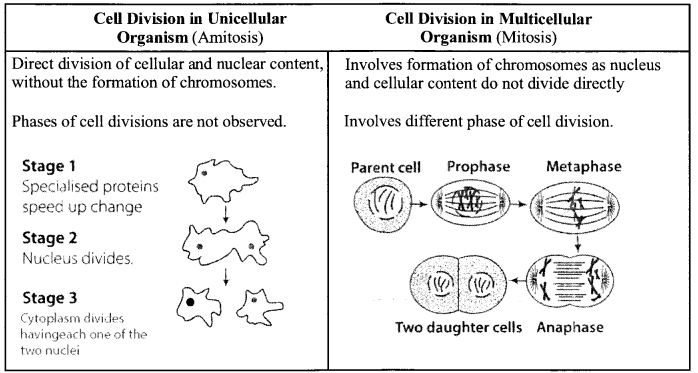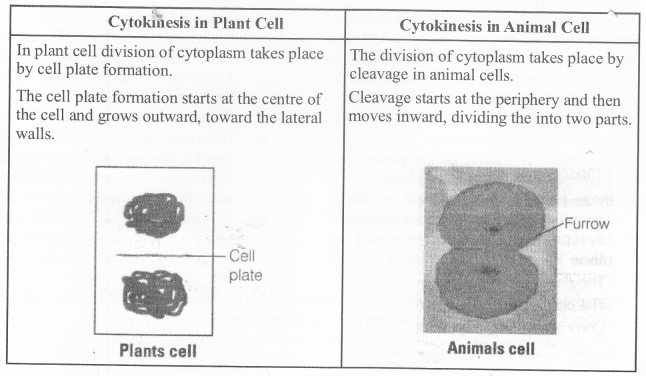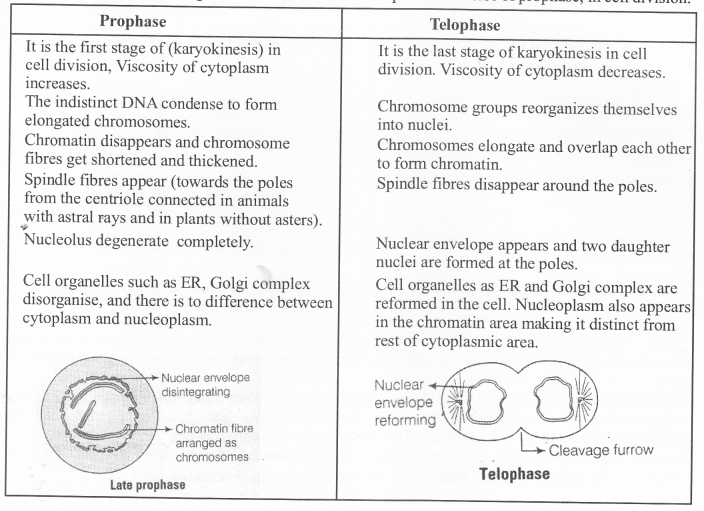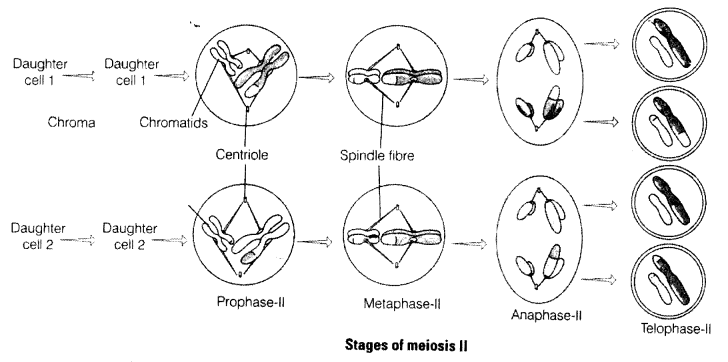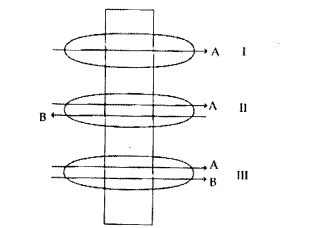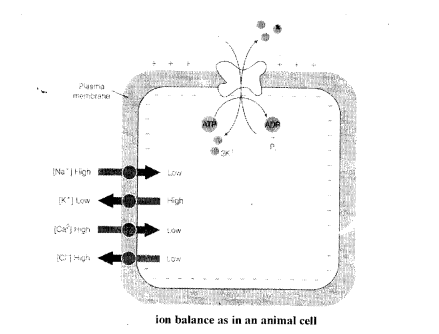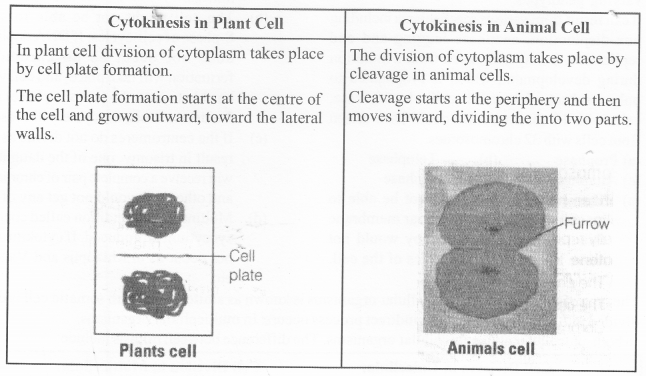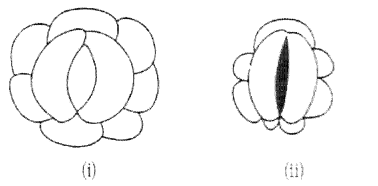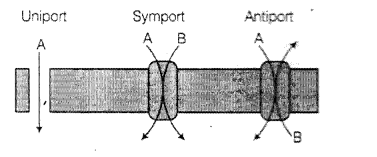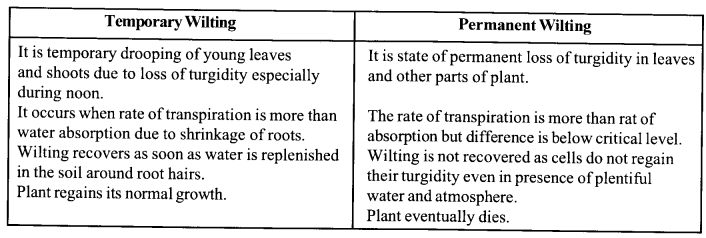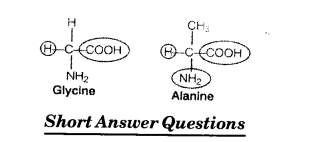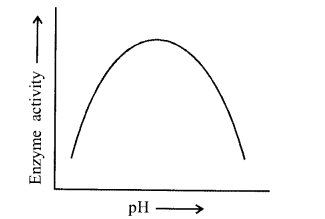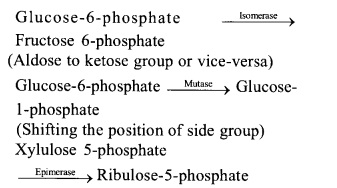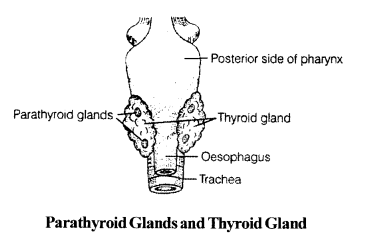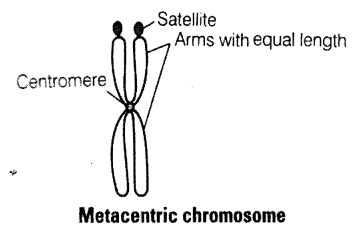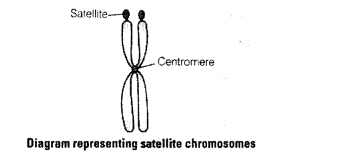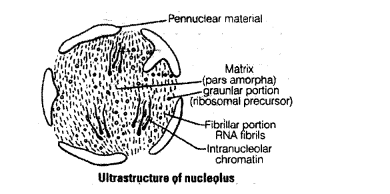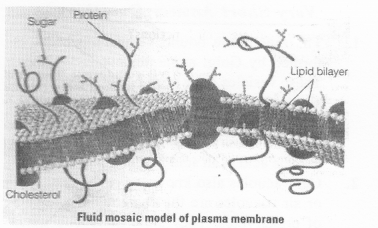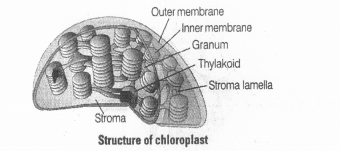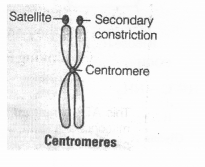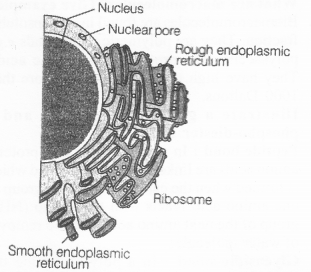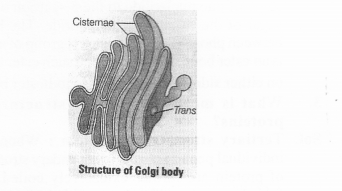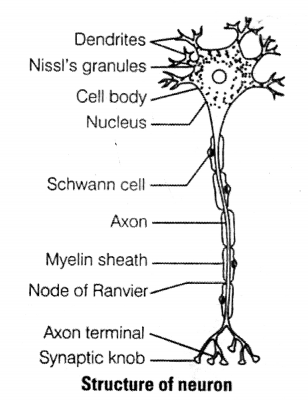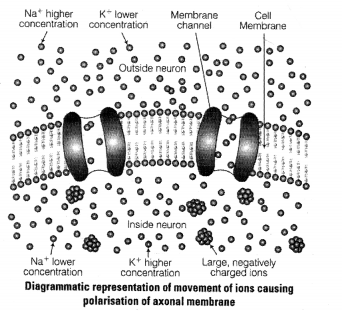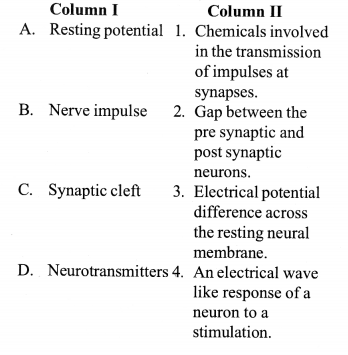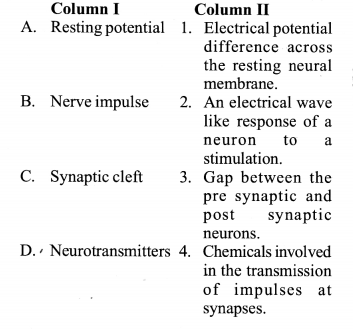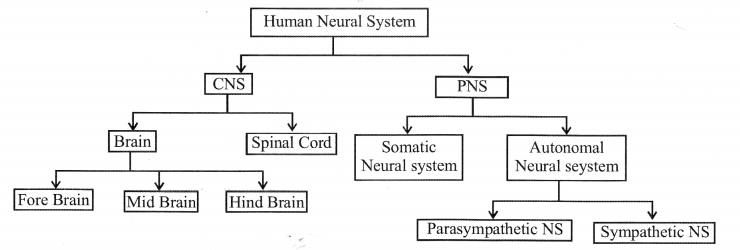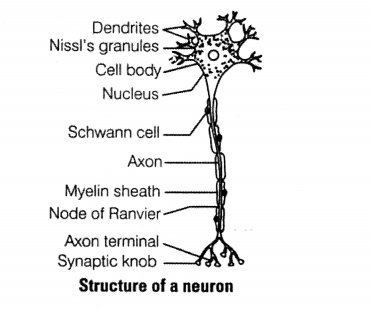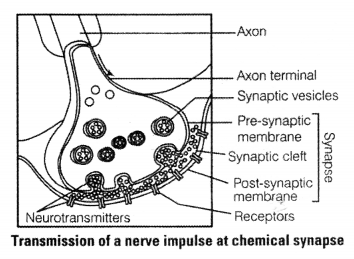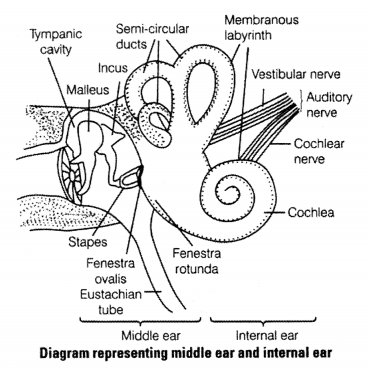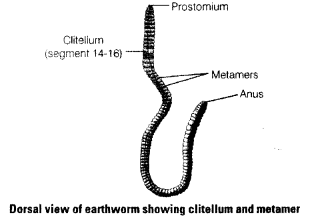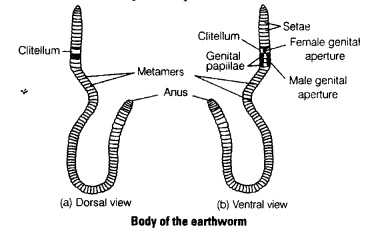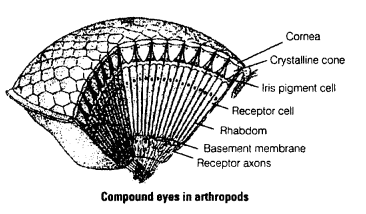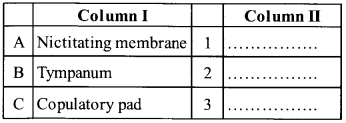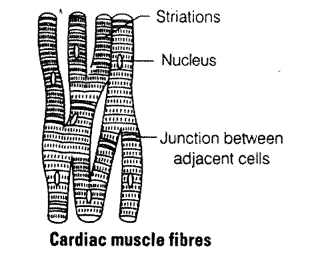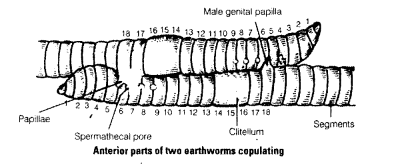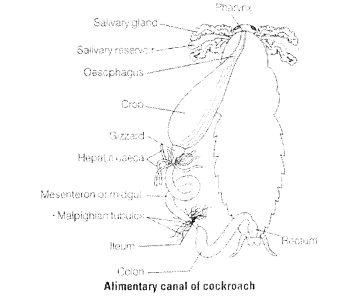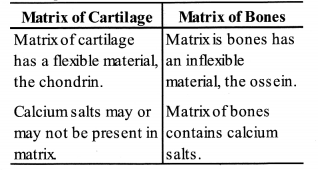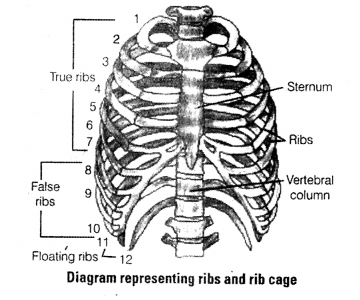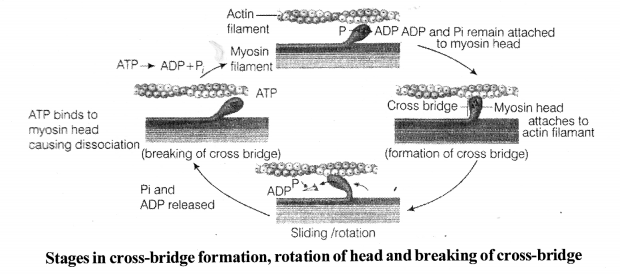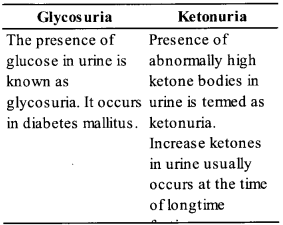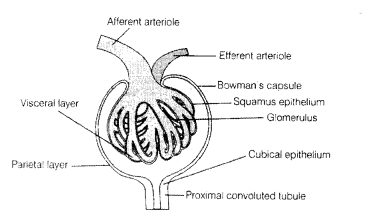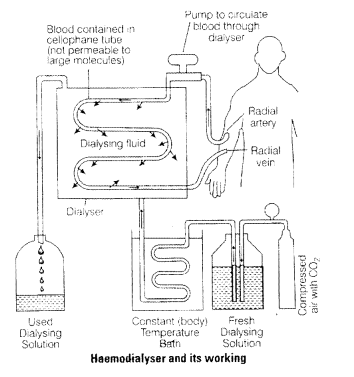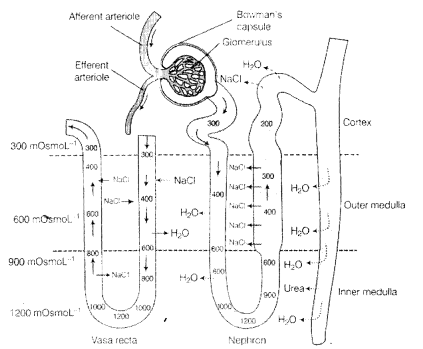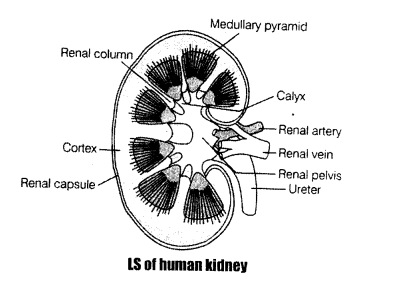Here we are providing Online Education for Class 8 History Chapter 6 Extra Questions and Answers Colonialism and the City was designed by subject expert teachers. https://ncertmcq.com/class-8-history-chapter-6-extra-questions/
Online Education for Colonialism and the City Class 8 Extra Questions History Chapter 6
Question 1.
Name any important port on the west coast of India in the seventeenth century. When its importance declined?
Answer:
- Surat in Gujarat.
- In the eighteenth century.
Question 2.
Which two industries were crucial for the industrial revolution in the modern world?
Answer:
- Textile industry.
- Iron and steel industry.
Question 3.
What factor made Britain the foremost industrial nation in the nineteenth century?
Answer:
Mechanised production of cotton textiles.
Question 4.
When was India the world’s largest producer of cotton textiles?
Answer:
Around 1750, before the British conquered Bengal.
Question 5.
Why had Indian textiles been renowned for?
Answer:
Indian textiles had long been renowned for their fine quality and exquisite craftsmanship.
![]()
Question 6.
In which countries were Indian textiles traded?
Answer:
Southeast Asia e.g: Java, Sumatra and Penang and West and Central Asia.
Question 7.
Since when did European trading begin buying Indian textiles for sale in Europe?
Answer:
From the sixteenth century.
Question 8.
What was piece goods?
Answer:
They were usually woven cloth pieces that were 20 yards long and 1 yard wide.
Question 9.
Name any two types of printed cotton cloths that were exported to England from India during early eighteenth century.
Answer:
- Chintz
- Cossaes (Khassa)
- Bandanna.
Question 10.
Where does the-English term Chintz come from?
Answer:
It is derived from the Hindi word Chhint.
Question 11.
What is Chintz?
Answer:
Chintz is a printed cotton cloth with small and colourful flowery designs.
Question 12.
Why was there a craze for printed Indian cotton textiles in Europe?
Answer:
This was mainly for their exquisite floral designs, fine textile and relative cheapness.
![]()
Question 13.
Where were bandanna mostly produced?
Answer:
Rajasthan and Gujarat.
Question 14.
Who was rangrez?
Answer:
For coloured textiles, the thread was dyed by the dyer, known as ranges.
Question 15.
Who was Chhipigar?
Answer:
For printed cloth, the weavers needed the help of specialised black printers known as Chhipigars.
Question 16.
Why did handloom weaving not completely die in India?
Answer:
This was because, some types of clothes like saris with intricate borders, cloths with traditional woven patterns, coarse cloths could not be supplied by machines.
Question 17.
Which were the new centres of weaving in the late nineteenth century?
Answer:
- Sholapur in Western India.
- Madura in South India.
Question 18.
When and where was the first cotton mill in India set up?
Answer:
- In 1854
- In Bombay.
Question 19.
Who was Michael Faraday?
Answer:
He was a legendary scientist and discoverer of electricity and electromagnetism.
Question 20.
When did TISCO begin producing steel?
Answer:
In 1912.
![]()
Question 21.
How did European companies make enormous profits out of Indian textiles during eighteenth century?
Answer:
European trading companies – the Dutch, the French and the English purchased cotton and silk textiles in India by importing silver.
Question 22.
Why was the sword of Tipu Sultan so special?
Answer:
This sword had an incredibly hard and sharp edge that could easily rip through the opponent’s armour. This quality of the sword came from a special type of high carbon steel called WoQtz.
Question 23.
Who was Charles Weld?
Answer:
CharlesWeld was an American geologist who with Dorabji Tata travelled in Chhattisgarh in search of iron ore deposits in 1904.
Question 24.
Who invented spinning jenny in 1764? What was its impact?
Answer:
- In 1764, the spinning jenny was invented by John Kaye.
- This increased the productivity of the traditional spindles.
Question 25.
When was steam engine invented and by whom? What was its impact?
Answer:
- Steam engine was invented in 1786 by Richard Arkwright.
- Cloth could now be woven in immense quantities and cheaply too.
Question 26.
What were the impact of Bengal victory by the British on trade with England?
Answer:
- The British no longer had to import precious metals to buy Indian goods.
- They collected revenues from peasants and zamindars in India and used this revenue to buy Indian textiles.
Question 27.
Name some communities who were famous for weaving.
Answer:
- The tanti weavers of Bengal,
- the julahas or momin weavers of north India,
- sale and kaikollar and devangs of south India are some of the communities famous for weaving.
Question 28.
Why had Bombay grown as an important port for the export of raw cotton from India to England and China?
Answer:
This was because
- it was close to the vast black soil tract of Western India where cotton was grown.
- When the cotton mills came up, they could get supplies of raw material with ease.
Question 29.
How were the furnaces built in villages of India?
Answer:
- The furnaces were most often built of clay and sun-dried bricks.
- The smelting was done by men while women worked the bellows, pumping air that kept the charcoal burning.
Question 30.
On the outline map of India, locate the following place:
(a) One cotton manufacturing region.
Answer:
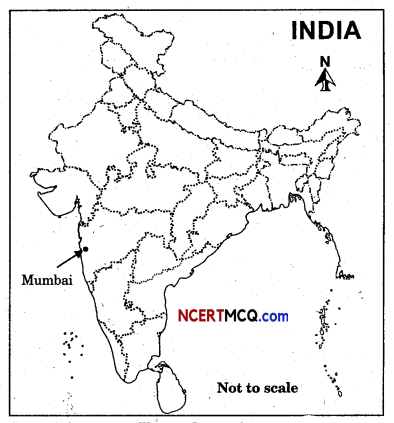
Question 31.
Which were the major centres of weaving in the late eighteenth century India?
Answer:
The textile production was concentrated in the following four regions in the early nineteenth century :
- Bengal was one of the most important centres. Located along the numerous rivers in the delta, the production centres in Bengal could easily transport goods to distant places.
- Dacca in Eastern Bengal was the foremost textile centre in the eighteenth century. It was famous for its mulmul and jamdani weaving.
- A cluster of cotton weaving centres was along the Coromandel coast stretching from Madras to northern Andhra Pradesh.
- On the western coast, there were important weaving centres in Gujarat.
![]()
Question 32.
What were the various stages of textile production in India?
Answer:
- The first stage of production was spinning which was mostly done by women. The thread was spun on the charkha and rolled on the takli.
- Then thread was woven into cloth by the weaver which was generally done by men.
- For coloured textiles, the thread was dyed by the dyer.
- For printed cloth, the weavers needed the help of specialist block printers.
Question 33.
What were the effects of the decline of Indian textiles in the nineteenth century?
Answer:
- By the beginning of the nineteenth century, English-made cotton textiles successfully ousted Indian goods from their traditional markets in Africa, America and Europe.
- Thousands of weavers in India became jobless. Bengal weavers were the worst hit.
- English and European companies stopped buying Indian goods and giving advances to weavers to secure supplies.
- By the 1830s, British cotton cloth flooded Indian markets. In fact, by the 1880s, two-thirds of all the cotton clothes worn by Indians were made of cloth produced in Britain.
Question 34.
What happened to the weavers and spinners who lost their livelihood?
Answer:
- Many weavers became agricultural labourers.
- Some migrated to cities in search of work.
- Some went out of the country to work in plantations in Africa and South America.
- Some of them found work in the new cotton mills that were established in Bombay, Ahmedabad, Sholapur, Nagpur and Kanpur.
Multiple Choice Questions (MCQs)
1. Which two industries were considered crucial for the industrial revolution in the modern world?
(а) Textiles and Cement
(b) Textiles and Iron and Steel
(c) Iron and Steel and Chemicals
(d) Textiles and Engineering.
Answer:
(b) Textiles and Iron and Steel.
2. Which of the following statements is incorrect?
(а) Mechanised production of cotton textiles made USA the foremost industrial nation in the 19th century.
(b) As a result of the growth of the iron and steel industry, Britain came to be known as the ‘workshop of the world’.
(c) Around 1750, India was by far the world’s largest producer of cotton textiles.
(а) Mechanised production of cotton textiles made USA the foremost industrial nation in the 19th century.
Answer:
(а) Mechanised production of cotton textiles made USA the foremost industrial nation in the 19th century.
3. The Indian textiles were very popular in the Western markets. By what common name were they known in the European trade?
(a) Muslin
(b) Calico
(c) Piece goods
(d) Patola.
Answer:
(c) Piece goods.
![]()
4. Tick the odd pair in the following.
(a) Muslin – Mosul
(b) Calico – Calicut
(c) Chintz – Chhint
(d) Jamdani – Dhaka
Answer:
(d) Jamdani – Dhaka.
5. Which of the following statements is incorrect?
(а) The invention of spinning jenny’ in 1764 increased the productivity of the traditional spindles.
(b) The invention of the steam engine by James Watt in 1786 revolutionised cotton textile weaving.
(c) Tanti, Julahas and Kaikollar communities were famous for weaving.
(d) The dyer was known as ‘range.
Answer:
(b) The invention of the steam engine by James Watt in 1786 revolutionised cotton textile weaving.
Glossary:
→ Spinning Jenny – A machine by which a single worker could operate several spindles on to which thread was spun. When the wheel was turned all the spindles rotated.
→ Aurang – A Persian term for a warehouse A place where goods are collected before being sold.
→ Smelting – The process of obtaining a metal from rock (or soil) by heating it to a very high temperature, or of melting objects made from metal in order to use the metal to make something new.
→ Bellows – A device or equipment that can pump air.
→ Slag heaps – The waste left when smelting metal.
